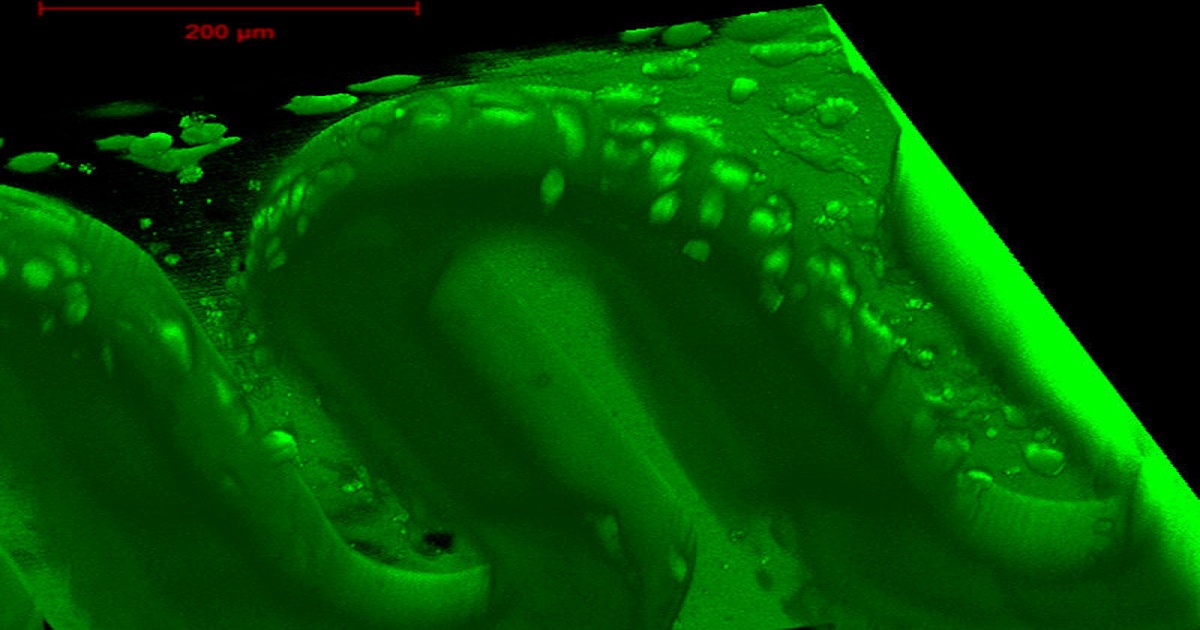3D-Printed Placenta-on-a-Chip Mimics Structure of Placental Membrane
Medgadget | August 17, 2018

Researchers at TU Wien in Vienna have developed a placenta-on-a-chip microfluidic device which uses a femtosecond laser-based 3D-printing method to create a customized hydrogel membrane. The printed membrane is populated with placental cells and mimics the microstructure of the placental barrier. This allows researchers to study how substances, including drugs and nutrients such as glucose, travel across the placental barrier. “The transport of substances through biological membranes plays an important role in various areas of medicine,” said Aleksandr Ovsianikov, a researcher involved in the study. “These include the blood-brain barrier, ingestion of food in the stomach and intestine, and also the placenta.”